SEPTEMBER GARDEN TIPS
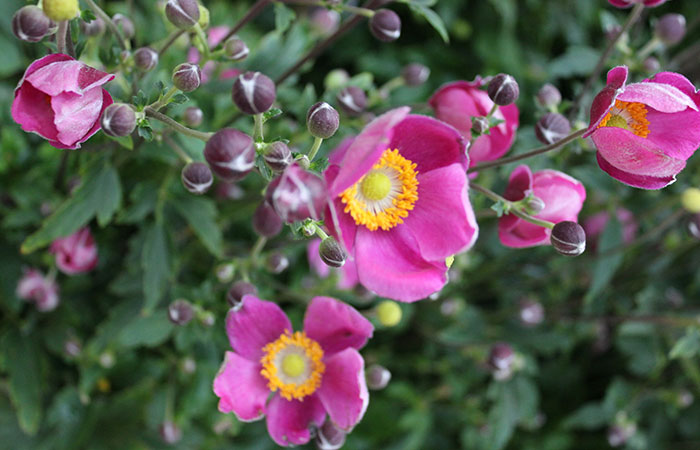
General Gardening Tips
Some plants, including lawn grass and new plantings (from bulbs to trees), benefit from a fall application of organic, slow-release fertilizers to support their root growth through the winter. (Bone meal is a traditional example of this fertilizer type, used alone or included as an ingredient.) Fast acting fertilizers are not a good idea as days shorten and growth slows down.
For many other plants, including most houseplants, it's a good idea to simply stop feeding after the fall equinox.
Watering—you may or may not need to. Fall rains should be settling in soon, but go by the weather and soil conditions rather than the calendar. If plant roots are dry when the first frost hits it can be very damaging.
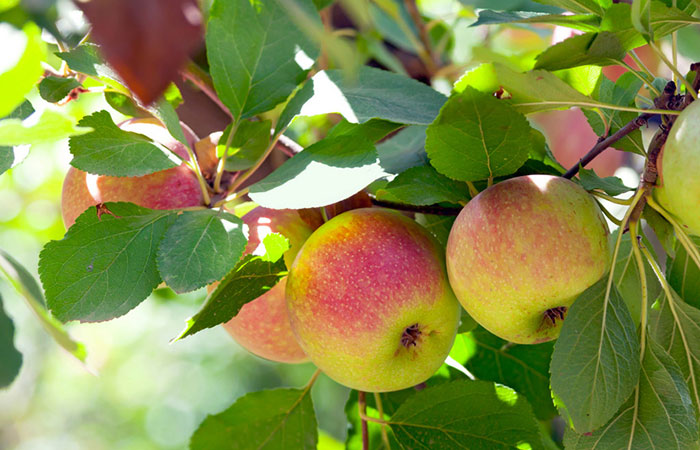
Fruits & Berries
Reduce irrigation if plants are growing vigorously; however, don’t eliminate irrigation until the fall rains start.
Trim grape or kiwi vines to keep them under control.
Support or prune heavily fruited branches.
Net grapes to protect from birds and other animals.
Monitor fruit trees and berries for insect and disease problems.
Harvest early apples, pears, Asian pears, grapes, and blackberries.
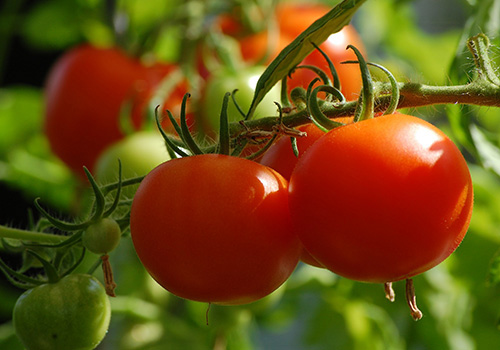
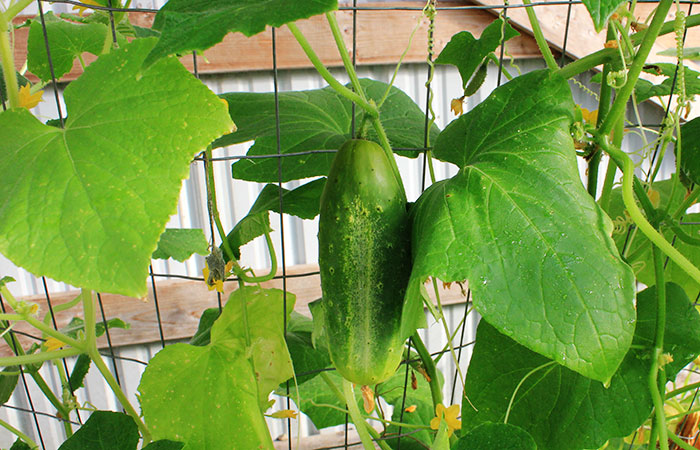
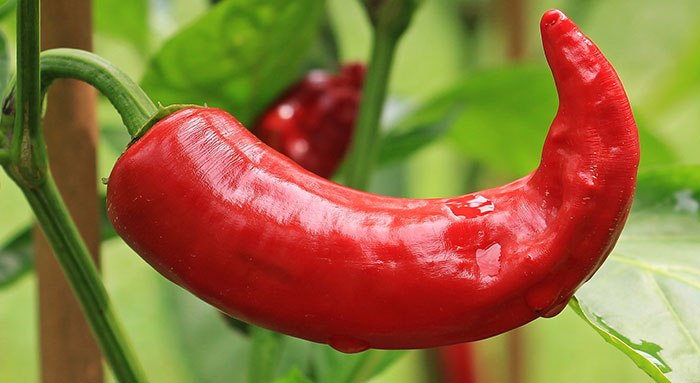
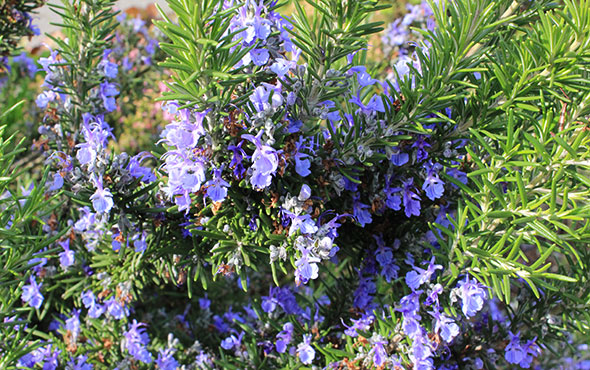
Vegetables & Herbs
Harvest! Regular picking encourages continued production. If hot-weather veggies such as squash, beans, peppers and tomatoes are still flowering, you might start picking off the flowers in order to encourage the plants to divert their energy to ripening their existing immature fruit. Remember, squash and scarlet runner bean flowers are edible!
Plant your fall and winter vegetables
Sky has vegetable starts for fall/winter harvest, plus it’s not too late for seeds of the fastest-growing varieties such as arugula and radish. Not to mention overwintered peas for the earliest spring harvest. Click for our winter vegetable information sheet and for Five Vegetables You Can Harvest All Winter Long.
Fertilize crops you are growing for fall harvest but hold off on fertilizing your spring-harvest crops until late winter/early spring.
Tomatoes
Cool, moist nights can encourage the development of late blight, a fungal disease characterized by rapid browning or blackening of your plant. Infected plants are best written off for the rest of the year; pick unaffected tomatoes to ripen on a windowsill and pull the plant before it can spread spores. Do not compost blighted plants at home. Put them in your yard waste bin instead, so that they can be heat-treated to kill any spores.
Potatoes
To maximize your harvest, wait to dig until after the tops die back. Ideally, leave the potatoes in the ground for two weeks after the tops die to allow the skins to thicken. Dig, and let the potatoes dry, unwashed, for 2-3 days to cure for better storage.
Pumpkins & Squash
If you want big pumpkins, try removing all the smaller fruits on a plant to encourage the plant to send all its energy to the largest pumpkins.
As with tomatoes, the cool moist nights can encourage a fungus, in this case powdery mildew. Click here for information on managing powdery mildew.
Herbs
Most hardy herbs with overwinter fine. Stop fertilizing and reduce watering. Basil is a tender annual, and will be on its last legs soon; you should probably harvest it all and freeze it. (I like pureeing it with either olive oil or water and freezing it in ice cube trays—instant summer flavor in the winter!) Lemon grass can be brought indoors as a houseplant. Cilantro can still be replanted at the beginning of the month for a final fall harvest.
Unused beds
Plant cover crops or mulch now and next month to eliminate nutrient leaching and soil erosion and to discourage weeds. Click for cover crop information.
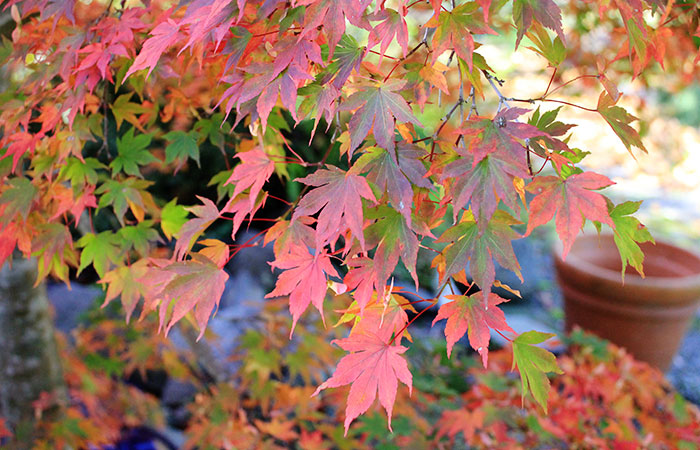
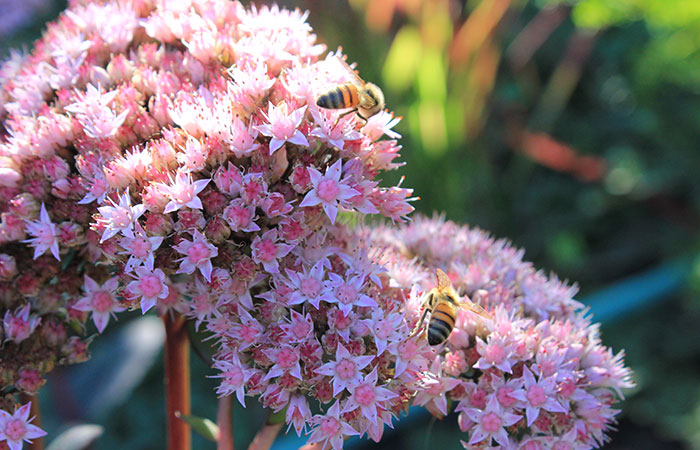
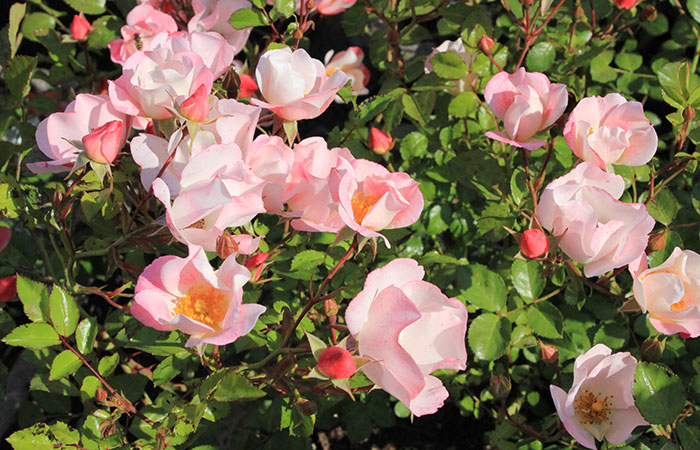
Ornamental Gardening
Groom bedding plants, perennials and flowering shrubs, removing spent flowers.
Now is a good time to evaluate the “bones” of your garden—if you need to add evergreens or other structure plants, fall is the best time of year for planting and getting them established. Sky gets fresh shipments of conifers and broadleaf evergreens in September specifically for fall planting.
September is the peak time to find spring-flowering bulbs. Iris, colchicum, saffron crocus, cyclamen, lilies, and peonies are best planted as soon as possible after purchase. Tulips, daffodils, and most other bulbs do a bit better if you wait until the soil cools.
If your garden needs some fall color, great choices for cool weather are; asters, mums, ornamental kale, heathers, anemones, and fall-blooming sedums. Winter pansies and violas will bloom throughout most winters.
We also bring in fresh stock of fall and winter color trees and shrubs-Japanese maples, burning bush, beautyberry, and fall-blooming camellias will start arriving in mid to late September.
Roses
Stop fertilizing and deadheading; allowing hips to form will naturally tell your plants it’s time to start preparing for winter (and give birds a treat, too!). Keep watering if we have dry spells.
Containers & Hanging Baskets
Water! Remember that a container can still dry out in less than a day in warm or windy weather. Deadhead regularly to encourage continued bloom. However, you should stop fertilizing.
Swapping out your warm-weather bloomers for hardy and vivid fall and winter bloomers.
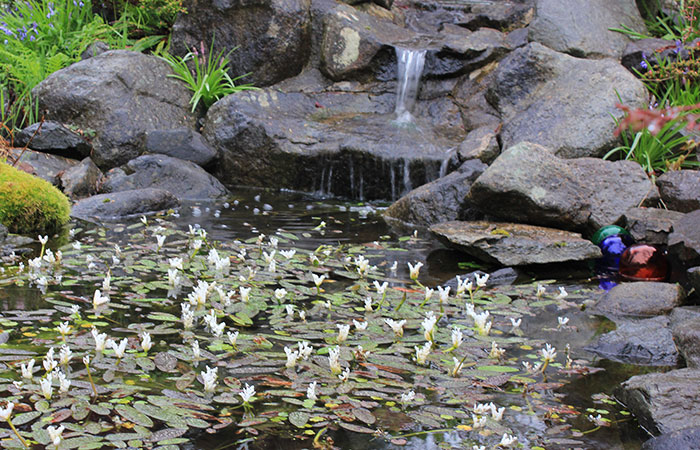
Water Gardening
Switch your fish to a spring/fall food; nutrient needs change as the water cools.
Stop fertilizing pond plants.
Tropical water plants such as lotus and papyrus will start to become unhappy as summer wanes; lift them to store for the winter, or compost them.
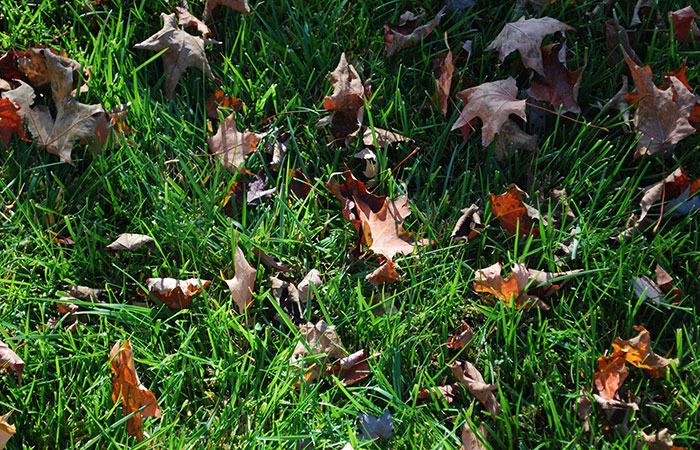
Lawn Care
Fall is the most important time of the year to ensure a robust, healthy lawn through the following summer? Follow these general tips:
- Fertilize around Labor Day and then again around Thanksgiving with a good slow-release organic lawn food.
- Spread dolomite lime to keep the rains from making your soil too acidic.
- If necessary, thatch and overseed. The ideal time to overseed is when the fall rains have started but before the weather cools too much.
- For a real treat for your lawn, topdress with a thin (1/4”) layer of screened compost.
- Watch for craneflies (they look like mosquitoes on steroids); if levels seem high, nematodes can be applied while the soil is still warm.
Fall is also the very best time to reseed or to install new lawns. Click here for pdf of our Lawn Planting and Maintenance instructions.
